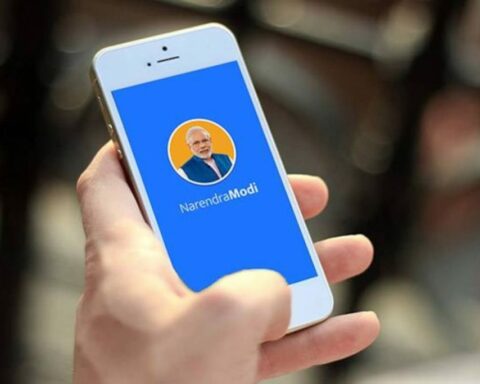The best starting point to discuss if digital education can replace offline education or vice-versa is a piece of data released by the government in 2019 according to which only about 8 per cent of Indian homes have computers with Internet access. Even if we presume that the number would have doubled in the years of the pandemic, the figure would still suggest that 85 per cent of Indian homes do not have access to a computer.
The data, amongst other things, can lead us to two primary inferences; one, less than a sixth of our country has the means to entirely migrate to digital education and two, our successes, definitions and conversations around digital education and technology essentially revolves around a mobile phone.
Before addressing the question of whether digitization in the education sector will still hold importance in 2023 we will first, need to break out of the digital versus offline debate. In a country like ours where educational institutions play the role of a social and economic equaliser, it’s irresponsible to even suggest that they can or should be made irrelevant. Indian classrooms are not just a physical space where students gather, but rather the evolution of a storied tradition that helps foster a sense of inclusion and equality and break down the socio-economic barriers. Second, we would need to reassess our subconscious definition of digital education and education technology (EdTech) which is largely limited to a student passively consuming a lecture, live or recorded, through a 6-inch mobile screen.
If our definition of digital education continues to be limited to the consumption of educational content on a smartphone, then it would be safe to say that digital education will increasingly lose its relevance in 2023. However, if we are willing to undo the mistakes of not making computers more accessible to a larger population at the beginning of this century then education technology would become the ally and support a majority of our students need, especially post the pandemic.
The pandemic forced our students to take classes online and while many of us in urban centres managed to ensure that our children had uninterrupted access to a computer or a tablet with internet, a majority of our students attempted to take classes on borrowed mobile phones and patchy mobile internet networks. There’s enough data, research and anecdotal evidence to expose the pre-pandemic digital divide which led to a skill divide and learning loss during the pandemic.
If we can move away from the binaries of digital education versus offline education, expand our definition of digital education beyond consuming classes online and build a more thought-through and accessible computing infrastructure to complement offline learning then we can help reverse the learning loss of millions and millions of our students.
A good starting point for it could be to innovate on the computing delivery model along the lines of what the telecom industry did with smartphones and enable every Indian household with an easy-to-access, powerful and affordable computer.
We see what the affordable smartphone penetration has done for the digital payments, content and e-commerce sectors in India. Imagine what a powerful computer with internet in the hands of 250 million of our students would do for our economy and their future in the next decade.








